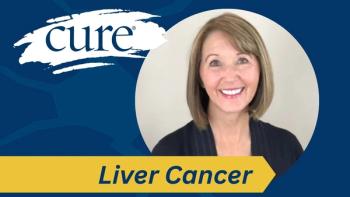
HER2-Targeted Combinations Look Promising
In the NeoSphere study, various combinations of a new HER2-targeted agent called pertuzumab, Herceptin and chemothery were studied in early-stage breast cancer patients with encouraging results.
When Herceptin (trastuzumab) was approved in 1998, it signaled the beginning of a drug class that targets a specific growth factor, HER2. On Friday morning at the San Antonio Breast Cancer Symposium, researchers presented a phase 2 study that examined various combinations of the investigational HER2-targeted drug pertuzumab in combination with Herceptin and Taxotere (docetaxel) in patients with early-stage, HER2-positive breast cancer.
Neoadjuvant Study of Pertuzumab and Herceptin in an Early Regimen Evaluation
In the NeoSphere () trial, 417 women were randomized to one of four arms: a combination of pertuzumab and Herceptin with or without Taxotere, Herceptin and Taxotere, or pertuzumab and Taxotere. Upon completion of therapy, all patients underwent surgery and standard treatment of chemotherapy and Herceptin.
Researchers found that 45.8 percent of patients experienced eradication of their tumor when given a combination of pertuzumab, Herceptin and Taxotere, which is statistically significant when compared with the 29 percent found with standard therapy of Herceptin and Taxotere. The pertuzumab and Taxotere group saw a 24 percent eradication of the tumor, also called a pathological complete response.
National Cancer Institute in Milan,
In patients who received pertuzumab and Herceptin only, 16.8 percent of patients experienced a complete response. This finding led Luca Gianni, MD, director of medical oncology at the Italy, and lead investigator of the trial, to suggest there might be a subset of patients who would benefit from the combination without chemotherapy. As a next step, researchers are now examining tissue from the study to locate biomarkers that might help identify patients who would benefit from Herceptin and pertuzumab alone, sparing them the side effects of chemotherapy.
Side effects in the trial were not unexpected, and few severe adverse events were seen in the pertuzumab and Herceptin arm. The groups that received Taxotere experienced common side effects associated with the drug, including neutropenia.
In addition, the study design called for neoadjuvant treatment—when drugs are given before surgery to quickly see if they have an effect on the tumor. Traditionally, most drugs are given after surgery to reduce the risk of recurrence, which could occur several years later. Researchers noted that the small trial was remarkable, not only for the results associated with pertuzumab, but also due to the neoadjuvant trial design.
In addition, researchers are planning a follow-up trial to study the effects of the triple combination given after surgery.
“We strongly believe this neoadjuvant approach allows for rapid testing and ranking of new therapies,” said Gianni during the press conference Friday morning.




